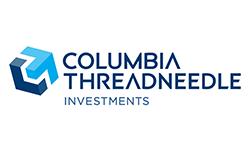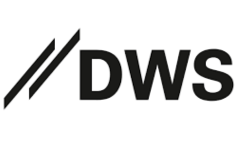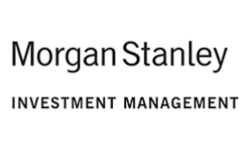Our leading panel discussion show, where experts deliver research grade insights, market views and thought leadership.
To start logging and tracking your CE, sign up for a free Asset TV account today!
MASTERCLASS: ETFs - October 2023
|
In this Masterclass, three experts discuss client demand and global trends in ETFs. They specifically touch upon opportunities in actively-managed funds, strategic beta and thematics.
- Marc Zeitoun, CFA Chief Operating Officer – North America Distribution, Head of Strategic Beta, Columbia Threadneedle Investments
- Rob Bush, Senior Research Analyst, DWS Research Institute
- Anthony Rochte, Managing Director and Global Head of ETFs, Morgan Stanley Investment Management
















